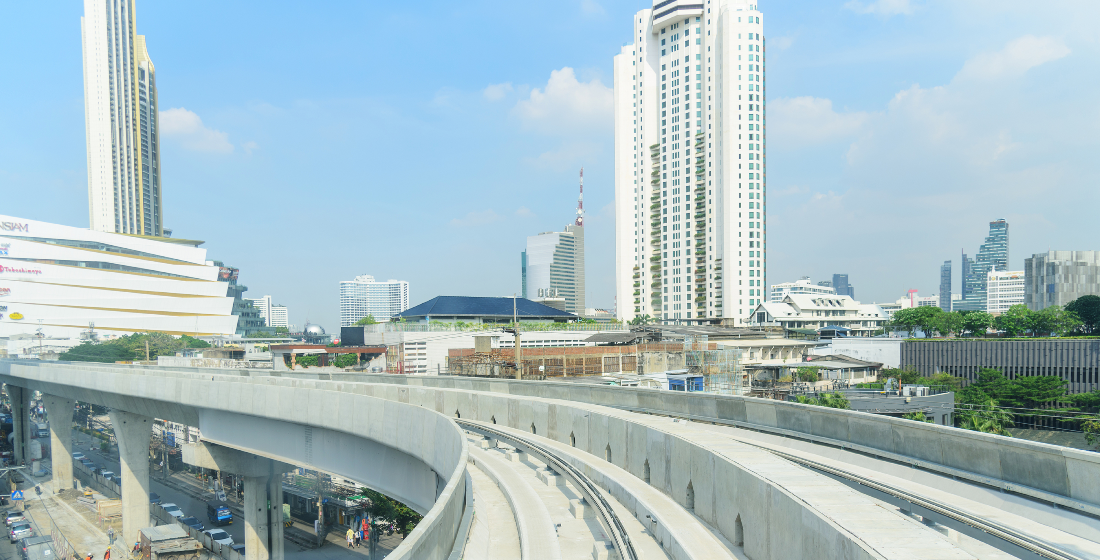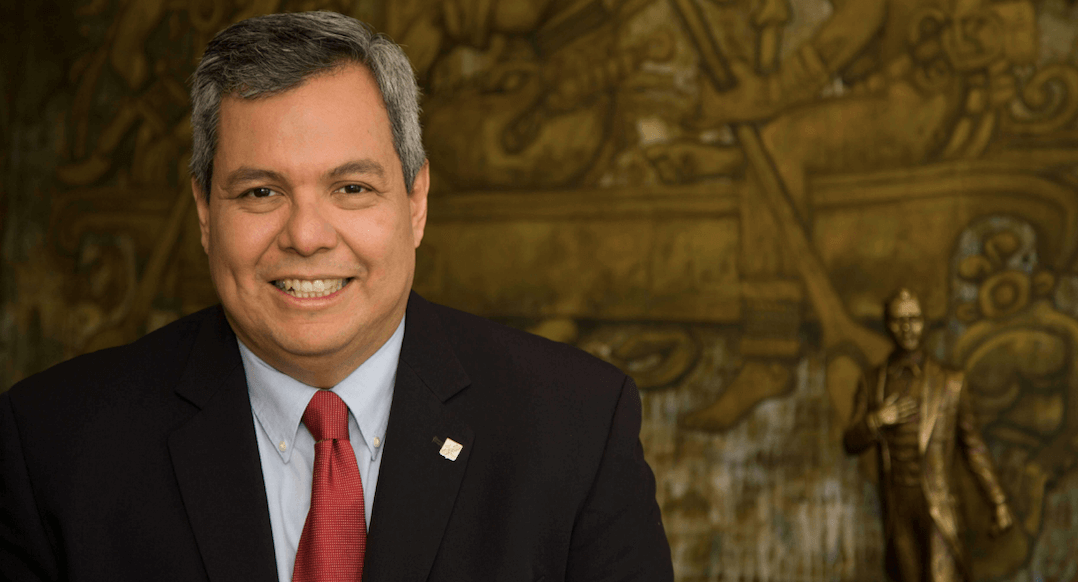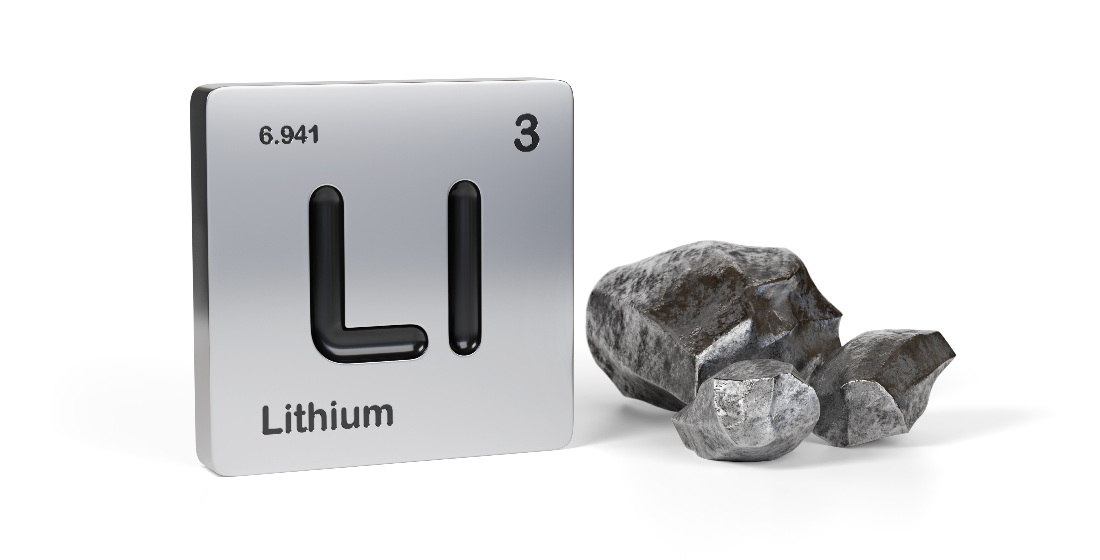Central America’s 21st century industrial revolution
The Central American Bank for Economic Integration (Cabei) is embarking on an ambitious project to bring private equity financing to fund the region’s vital infrastructure needs. Uxolo talks exclusively to its president, Dante Mossi, and its CFO, Hernan Danery Alvarado.

Roughly 250 years after the industrial revolution sparked off in Britain that would change the world forever, Cabei’s president Dante Mossi, is hoping to bring a modern-day version to Central America and the Caribbean.
“I’m big on trains and big industrial projects so people have been joking that we are working on the industrial revolution of Central America,” he laughs.
However, Mossi’s levity belies a very serious vision for pan-regional growth, and it’s increasingly an internally-driven set of priorities. In the past external development and commercial bankers have imposed their priorities on the region. Mossi says that he has had many conversations with visiting bankers who have ruled out backing new train infrastructure, believing the countries that make up Cabei’s membership are too small to implement rail projects.
“I won’t name the banks but I have found it very annoying to be told that Central America is too small to have trains. I tell them: have you ever been to the UK? It’s an essential part of life there and it was the key for the industrial revolution, making affordable transport for people and for cargo. So when people come with this kind of prejudice I tell them they are out of their mind! For the first time I think Central America will self-determine what needs to be financed and not have people from the outside telling us what is best.”

Dr. Dante Mossi, Executive President, Central American Bank for Economic Integration (CABEI)
The success of Cabei
Part of this increase in self-confidence is down to the success of Cabei. The bank just marked its 60-year anniversary and its growth in recent years has created a significant internal player within the region. In its most recent budget setting exercise it expanded its annual budget to an average of $3.038 billion between 2000 and 2024. It’s also solid: it has a AA-rating but recent financing, such as for its vaccination bonds, raised funds at Libor plus 60bp, which is an AAA funding cost.
Cabei’s size and strength have made it a natural partner for countries looking to deploy finance in the region. However, Mossi explains that he’s been keen to diversify funding models to help his member countries that face tough challenges. Take 2020: as if the Covid-19 pandemic wasn’t enough for the region that relies heavily on tourism, two hurricanes (Eta and Iota) slammed into Central American states in November and caused widespread damage.
And so Cabei’s industrial revolution will need to adapt to the climate-change damage that is now being caused by the carbon emissions that the world’s first has unleashed upon the world.
Mossi sees the combination of pandemic and natural disasters as confirming his view that the private sector will be integral in delivering Central America’s infrastructure. First, the pandemic hit public sector finances and Cabei’s member governments are struggling with their debt loads – Mossi says there is very little appetite – or capacity – to add debt, even at Cabei’s low interest rates. That shifts the emphasis to private sector finance.
“We have been trying to see how we can better service our client countries and it’s evident that many of them consider that they have too much debt and so they are looking for ways to ensure that Cabei has a way to bring in private sector finance,” says Mossi. “Countries like Guatemala are pushing us to do more PPPs, though it’s not the same everywhere: Costa Rica, for example, are more reserved about what projects they approach from a PPP perspective and we finance them equally.”
Second, the increasing severity and rate of occurrence of natural disasters require that infrastructure is built to increasingly high standards of resilience: “Unfortunately hurricanes are still going to happen in the region and we don’t want to be financing the same infrastructure again and again. We want to finance infrastructure that is resilient to the natural incidents that we have to deal with and private sector expertise can help with that,” he says. “When governments see the private sector doing a good job they like that, and they want more of that.”
It’s not just Central America that is struggling with these dynamics – development banks have been increasingly reaching for PPP structures for many years. Cabei is no exception and so, for example, the $1.5 billion landmark project of the San Jose electric train has been structured as PPP – Cabei is helping the government finance $500 million and is bringing in $1 billion from the private sector.
However, Cabei is going further. It identified that private sector companies are also increasingly wary of adding the necessary large amounts of long-term debt required for some infrastructure finance. Mossi realised there was real need for private sector equity financing. And so Cabei is launching a private equity fund.
“We have a lack of equity financing in Central America – that’s our main problem in the private sector – and with this [private equity fund] we’re going to fill this gap and we expect to mobilise at least three-times the $1 billion that we’re starting out with.” (The fund will actually launch with $500 million with a second stage taking the capitalisation to $1 billion).
Links in Asia
The origins came from the accession of Korea to Cabei’s membership – the country contributed 7% of the development bank’s authorised capital – and Cabei is opening an office in Seoul, the second in Asia after Taipei.
Cabei’s CFO, Hernan Danery Alvarado, is leading the project and he will soon depart for a series of Korean institutional investor presentations, including with some of the biggest pension funds in the world. Danery is also in the process of hiring the private equity fund’s general partner and so the fund’s parameters – such as geographical and industry diversification and size limits have yet to be agreed – but he believes there will be huge interest among Korean investors for the projects Cabei is lining up.
“As part of Korea’s economic recovery plan that have launched a plan called the Korean new deal, which is focused on green development and Korean investors are very interested in ESG – projects with social and green governance – so they have the same interests as Cabei.”
Cabei’s climate commitments – the bank has pledged not to finance any coal-related activity, for example, and a central thread to the pipeline of projects for the Korean private equity investments is that Cabei will be following the Korean industrialisation model: relying on industry and using central America as a platform to get to the US market. “We are looking at financing ports, airports, roads and even shipping lanes – because one of the aims will [be to] increase trade with the Caribbean.”
Korea has also invested $15 million in Cabei’s Preparation Fund (along with $10 million from the EU and $5 million from Taiwan, and $5 million from Cabei). The fund is proving to be an effective way to ensure the viability of proposed projects: Cabei uses external specialists to assess all aspects of infrastructure projects on its shortlist. The cost of this work is then borne by the eventual private sector sponsor that is awarded the contract – therefore the expenditure revolves back into the Preparation Fund.
“We can tell governments, whatever projects you have in mind let us prepare them because we want to make sure that it is well prepared and makes sense,” says Mossi. “This has been the keystone to all this work – whatever schemes go forward to financing will be on solid ground and we won’t be investing in projects that fizzle out and lose money.”
For example, Cabei has been managing and financing a feasibility study for the Dominican Republic’s proposed train that will link the country’s two largest cities. “We are also going to provide long-term financing in local currency to make this happen – this is the kind of innovation the region is getting from us – and that’s what makes us a dynamic presence in the region. We really try to accommodate what the countries are actually demanding from a development bank.”
This also enables projects throughout the region meet a similar threshold in quality – which should make the conversations with both private sponsors and the potential equity investors easier.
“At the end of this year we will finish with the preliminary soft commitments and then [the private equity fund] will start [investment processes] in the first quarter of 2022 and we will officially launch the fund in order to start doing business and to provide equity, mezzanine and subordinated debt to specific projects in central America,” says Danery.
“We have created a very strong pipeline, including the electric train in Costa Rica, another light rail project in El Salvador and we are providing technical cooperation for the metro line in Panama. These are very, very high impact projects for the Central American region.”
Beyond Asia
While ex-China Asia is a key focus for Cabei (Mossi openly concedes he’s ‘ignoring’ China in favour of the emerging super-power’s regional competitors) the bank is also strengthening ties elsewhere.
For example, in Germany, the bank now works closely with the government to act as a conduit for all the country’s investment in the region (the German government has suspended all its bilateral programmes with Central American countries in preference to having Cabei as a single regional counterparty). Meanwhile Spain is already a member of Cabei and the bank will open an office in Madrid in 2022.
Mossi is also building ties with the home nation of the first industrial revolution. In August Cabei signed a memorandum of understanding with UK Export Finance to support the development of UK-led projects in the region. Mossi says the agreement was a welcome step and but he’s hoping for even closer cooperation between the two countries.
“We would be delighted if the UK joined Cabei – we still have some chairs available,” says Mossi. He says that discussions are underway and he believes the alignment of the UK’s export-based agenda post-Brexit could lead to a formal agreement.
“We have a shared agenda that I think is very important,” he says. “The UK’s focus on sustainability, trains and PPPs means that we have a lot in common. We are looking to build electrification: primarily infrastructure but also generation in terms of sustainability and cost.”
Mossi says electrification will be central to the coming investment. He references the UK’s decision to ban the sale and import of cars with internal combustion engines from 2030 as the type of policy the region should be considering. “We don’t make cars [in Central America] so the decision is just political and I think we can move in that direction.”
Central America could also offer the post-Brexit UK interesting new market opportunities: the region – if counted as a single entity – would be the fourth largest Latin America market, with a population of 60 million. The region is rebounding from the pandemic with impressive speed: “We have countries like Panama, the Dominican Republic and Guatemala that are growing at a very fast pace – El Salvador just announced an expected growth rate of 9% for this year, which is fantastic. So that tells you that our economies are resilient and now they just need a push to make them more sustainable.”
“People tend to discount the region because they see it as fragmented, with many countries, but the reality is that it’s a very well integrated market,” says Mossi. “It’s a loose EU of sorts – the region behaves as a bloc when it’s trading with the US and the EU. But the second largest trade partner for Central America – after the US – is the region itself.”
Cabei - a regional capital markets catalyst
Perhaps Cabei’s most ambitious project is its creation of a regional debt market. Many informal groups of regional countries have tried to create integrated debt markets in the past but Cabei’s CFO is confident the bank will succeed where others – notably the Pacific Alliance have failed.
The idea is simple enough: a regional debt market to enable issuers from any country to access the liquidity from investors anywhere in the region. In practice it can be hellishly complicated: the underlying alignment of a whole host of financial regulation and tax laws tends to be an impassable obstacle. However, Danery says that Cabei’s strong relationship – and credibility – with the region’s central banks, finance ministers and stock exchanges – has allowed it to smooth over the harmonisation process.
The single Central American debt market is a realistic proposition: Danery says he expects the exchange, which will be based in Panama, will see its first debt issuance in the first quarter of 2022. The first deals will be denominated in dollars – local currencies may come later but, in truth, the region’s economies are highly dollarised and so FX exposure is largely offset naturally. Danery hopes that the regional debt market will be a success – with both local and international investors participating. It will be interesting to see how it develops but the fact that Cabei is on the cusp of bringing such a financial market to life is, in itself, a powerful sign of its ability to bring increasingly complex and large regional financial projects and flows to life.





